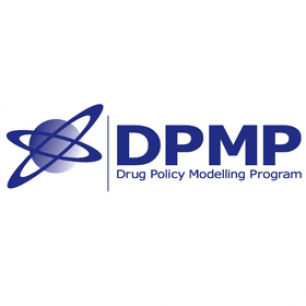Rationale
Society is constantly bombarded with mass media messages by way of television, radio, newspapers and online. News outlets have limited space to dedicate to issues, but illicit drugs are clearly newsworthy. In spite of the media being identified almost ten years ago as a “new battleground” for the alcohol and other drug sector (Proctor and Babor 2001), knowledge remains scant on the nature of news media reporting in Australia - how much space is devoted to drugs, how issues are framed, who speaks and who does not.
Even less is known about the impacts of news media on attitudes towards drugs, particularly on those who are most likely to use illicit drugs - youth. Other fields have demonstrated that media reporting related to violence, body image and tobacco smoking can have a potentially powerful and even dangerous influence upon attitudes and behaviour (see for example Anderson, Berkowitz, Donnerstein, Rowell Huesmann, Johnson, Linz, Malamuth and Wartella 2003). We also know that, common assumptions aside, youth remain active consumers of traditional news media such as newspapers and television news (Essential Research 2010; Hughes, Spicer, Lancaster, Matthew-Simmons and Dillon 2010).
The question remains, how and to what extent can news media messages on illicit drugs influence youth attitudes towards (or demand for) illicit drug use? Can, for example, media messages increase the likelihood of illicit drug use? Conversely, can it reduce the likelihood of illicit drug use? And, how important is the framing of media messages (e.g. a criminal justice vs. a health issue).
Understanding the role of the media is becoming ever more pertinent due to the ever increasing volume and types of media in modern society (Cunningham and Turner 2010). This project starts to address the intersection between media and illicit drug use by examining two major aspects of news media: media production – as denoted by patterns and trends in Australian news media reporting on illicit drugs – and media effects – as denoted by impacts on youth attitudes to illicit drug use. An overview of the core findings is provided herein.


